Welcome to Northwest Florida, where you can find some of the most beautiful blue birds in the world! Bluebirds are a common sight in the area and can be spotted in a variety of habitats.
From woodlands to wetlands, and even city parks, these cheerful birds are sure to bring a smile to your face. Whether you are a bird watcher or just an admirer of nature, you will love to see these vibrant birds in action.
Learn more about bluebirds in Northwest Florida, including where to find them and what to look for.
1. Blue Jay
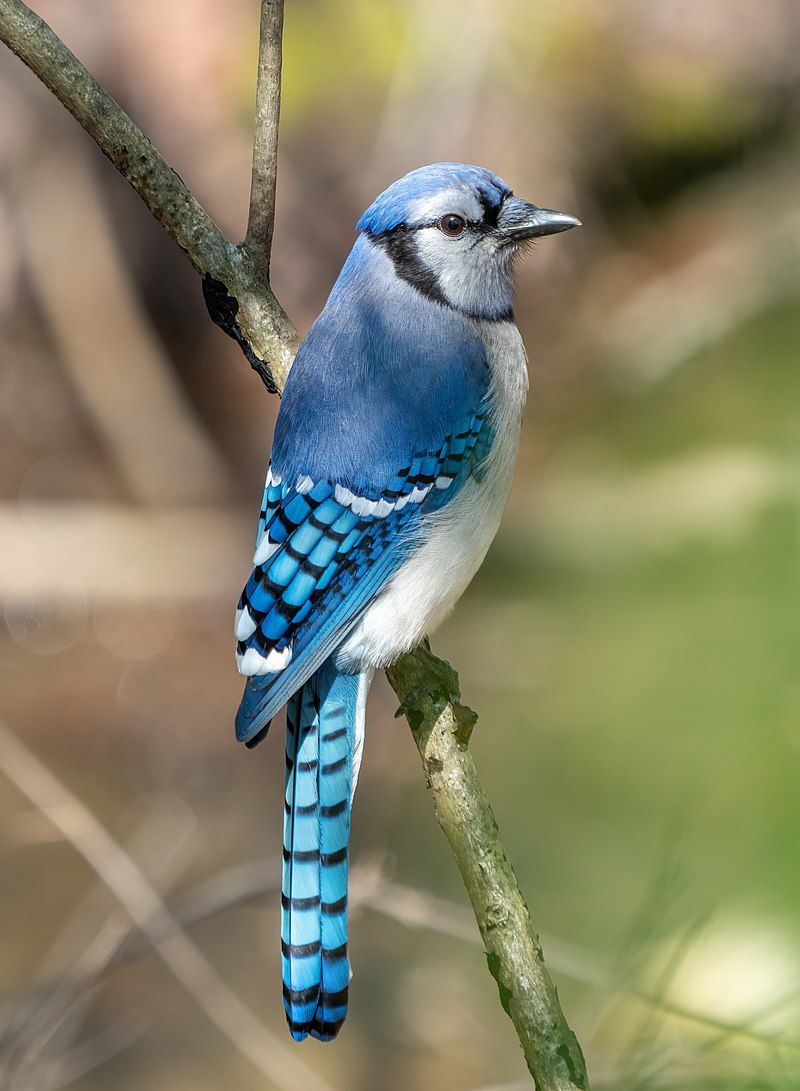
The blue jay is a type of bird that belongs to the Corvidae family and is native to North America. It is found in most of the eastern and central parts of the United States, while some of the eastern populations may migrate to different areas during certain times of the year.
In addition, blue jays are found in Newfoundland, Canada, with breeding populations spread across southern Canada. Blue jays can be identified by their distinctive blue color, white chest, and black and white wings.
They are also known for their loud, harsh call that is often heard in the woods.
Blue jays are omnivorous, meaning they will eat both plants and animals, and they enjoy a variety of different types of food, such as fruits, nuts, insects, and even small animals like frogs and lizards. They are also known to store food for later use, such as acorns and nuts.
Blue jays are social birds, and they often gather in large flocks. These birds are important to the ecosystem as they help to disperse the seeds of various plants, which helps in the regeneration of forests.
| Kingdom | Animalia |
| Phylum | Chordata |
| Class | Aves |
| Order | Passeriformes |
| Family | Corvidae |
| Genus | Cyanocitta |
| Species | C. cristata |
2. Eastern Bluebird
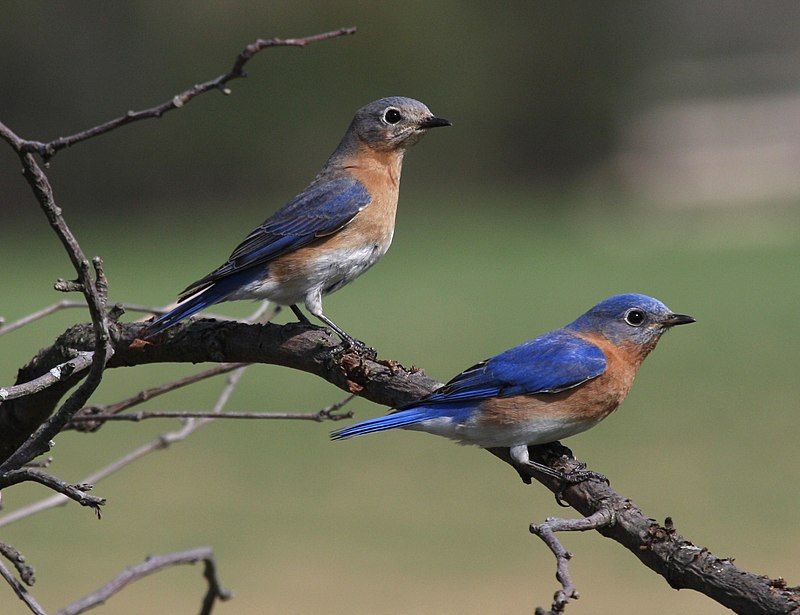
The eastern bluebird is a small migratory thrush native to North America. It prefers to live in open woodlands, farmlands, and orchards and has a bright blue plumage in the breeding season.
This makes it a popular bird for birders, who can easily spot it perched on a wire or open perch. Its beautiful bright blue feathers make it especially striking and memorable, and it is often featured in books, movies, and other forms of media.
In addition to its beauty, the eastern bluebird is also beneficial to the environment. It eats insects, which helps keep the insect population in check, and it also feeds on fruits in orchards, helping to ensure that the trees remain healthy and productive.
| Kingdom | Animalia |
| Phylum | Chordata |
| Class | Aves |
| Order | Passeriformes |
| Family | Turdidae |
| Genus | Sialia |
| Species | S. sialis |
3. Great Blue Heron
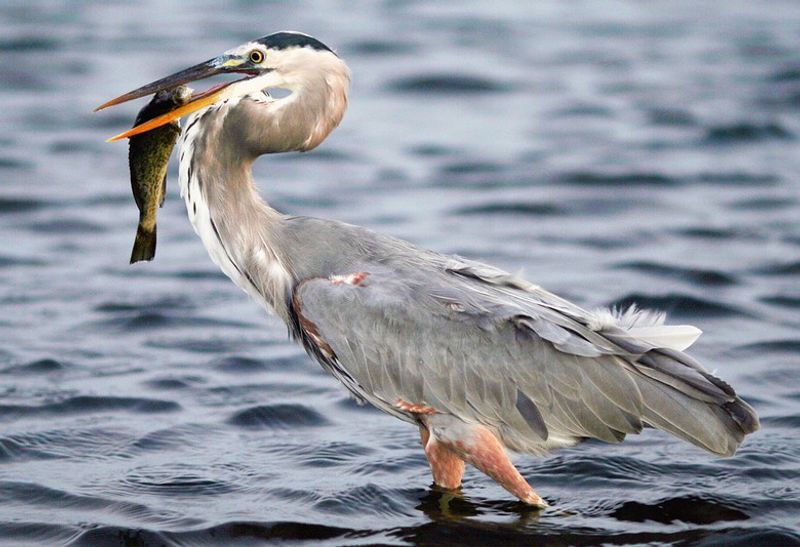
The Great Blue Heron is a majestic and majestic bird species found in many parts of the world. It is part of the heron family Ardeidae and is typically seen near the shorelines of open bodies of water and in wetlands.
It is distributed across North and Central America, as well as some parts of northwestern South America, the Caribbean, and the Galápagos Islands. The Great Blue Heron is a large bird, standing up to 4.5 feet in height and weighing up to 6 pounds.
It has a wingspan of up to 6.5 feet, making it one of the largest birds in North America.
Its long legs and long neck help it to wade through shallow water, and it will often use its bill to scoop up fish, frogs, and other small animals for food. The Great Blue Heron is an impressive sight, with its long bill, white head, and gray feathers.
It also has a long tail, which it sometimes holds in a cocked-up position when it is hunting or perched.
During the breeding season, the Great Blue Heron will develop a patch of bright orange feathers on its head and neck. The Great Blue Heron is an essential part of many wetland ecosystems, and it is important to the health of these habitats.
It is considered a species of least concern, but its population is at risk due to loss of habitat, pollution, and hunting. Conservation efforts are ongoing to protect this beautiful species.
| Kingdom | Animalia |
| Phylum | Chordata |
| Class | Aves |
| Order | Pelecaniformes |
| Family | Ardeidae |
| Genus | Ardea |
| Species | A. herodias |
4. Florida Scrub Jay
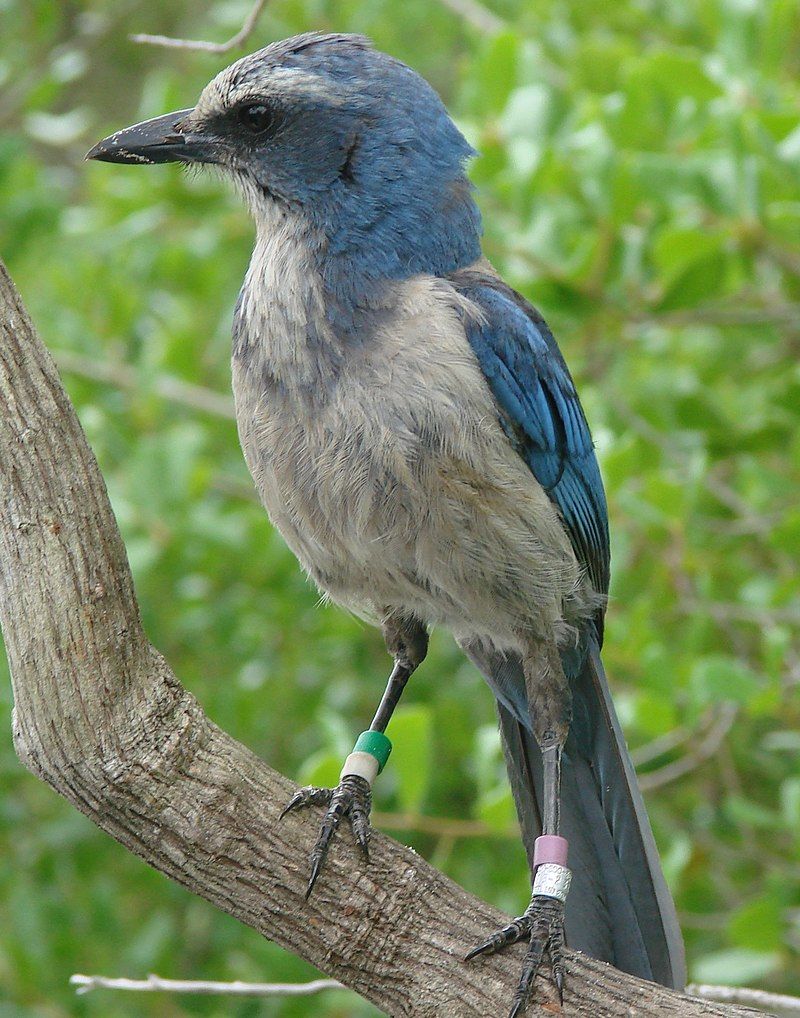
The Florida scrub jay is a species of scrub jay found in North America. Its unique distinction is that it is the only bird species that is native to the U.S. state of Florida. In fact, it is one of only 15 bird species that are endemic to the continental United States.
This makes it a particularly sought-after bird by birders. The Florida scrub jay is a medium-sized bird, usually measuring between 8 and 10 inches in length. It has a blue-gray head and back, white underparts, and a black-tipped tail.
Its diet consists of seeds, nuts, fruits, and insects. It is an omnivore, and will also take carrion from time to time. The Florida scrub jay has adapted to living in the scrub and sand pine scrub habitats of the Florida peninsula.
It is a social bird, living in family groups of up to a dozen individuals. These birds are threatened by habitat loss and fragmentation, due to the development of human settlements.
Conservation efforts are being made to protect the Florida scrub jay and its habitat in order to ensure its continued survival.
| Kingdom | Animalia |
| Phylum | Chordata |
| Class | Aves |
| Order | Passeriformes |
| Family | Corvidae |
| Genus | Aphelocoma |
| Species | A. coerulescens |
5. Little Blue Heron
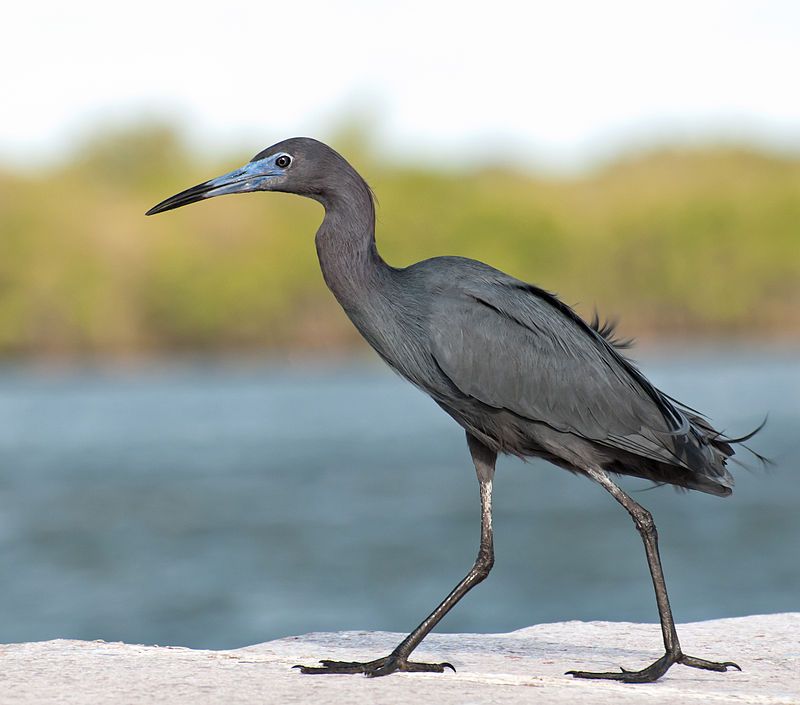
The little blue heron is a small bird of the genus Egretta. It is a darkly-colored species with a two-toned bill, usually black at the tip and yellow at the base. Juveniles have a unique appearance, with an entirely white body resembling the snowy egret.
During the breeding season, adults undergo a change in their coloration, developing different hues on their heads, legs, and feet.
This change is thought to be a signal to attract a mate, as the brighter and more vibrant the colors, the more attractive the bird is to potential partners. The exact colors can vary from a faint pink hue to a deep purple, depending on the individual and the location.
The little blue heron is a beautiful and unique species, with its distinct coloration sure to capture the eye of any bird watcher.
| Kingdom | Animalia |
| Phylum | Chordata |
| Class | Aves |
| Order | Pelecaniformes |
| Family | Ardeidae |
| Genus | Egretta |
| Species | E. caerulea |
6. Indigo Bunting
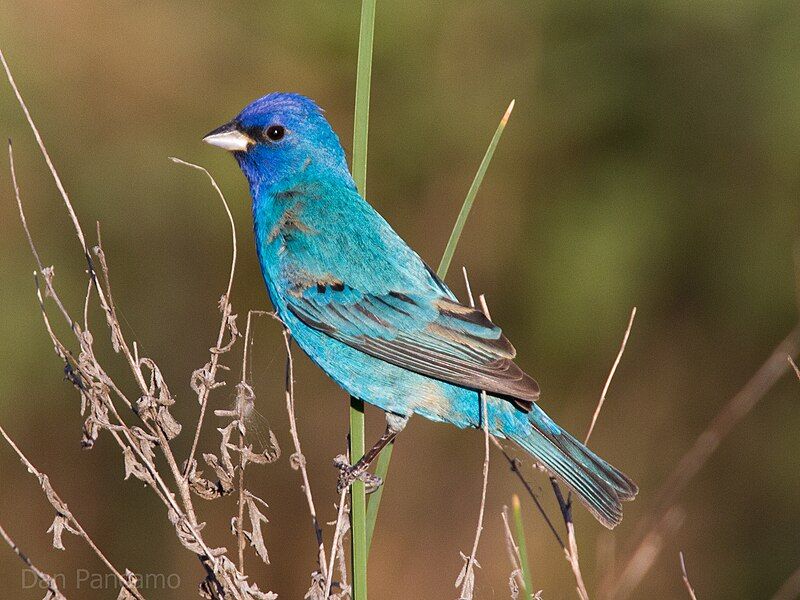
The indigo bunting is a type of bird found in the cardinal family. It is a small seed-eating species and is known for its migratory patterns. During the breeding season, it can be spotted from southern Canada to northern Florida.
During the winter months, it will travel from southern Florida all the way down to northern South America. Rather than flying during the day, this bird tends to migrate by night, using the stars to help guide its journey.
It is thought that the indigo bunting has one of the most impressive navigational abilities among all species of birds.
| Kingdom | Animalia |
| Phylum | Chordata |
| Class | Aves |
| Order | Passeriformes |
| Family | Cardinalidae |
| Genus | Passerina |
| Species | P. cyanea |
7. Blue-Gray Gnatcatcher
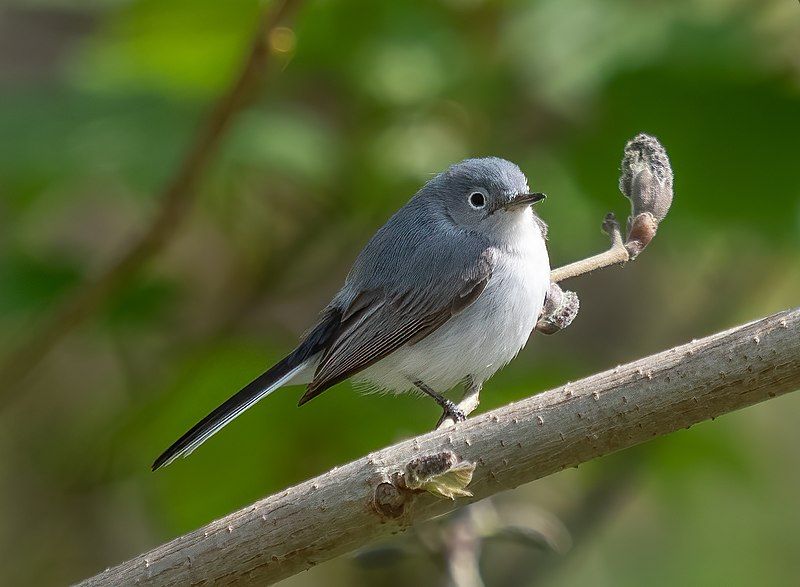
The blue-gray gnatcatcher is a small species of songbird found in North America. Measuring between 4.3 and 5.1 inches in length, it is one of the smallest birds on the continent. The gnatcatcher has a slender body and a long, thin bill.
It is mostly gray in color with a blue-gray rump, a black tail, white wing bars, and a white eye ring. Its underparts are lighter gray or whitish.
Males and females look similar, although males have a black cap. The blue-gray gnatcatcher is a migratory species, breeding in the United States and Canada. Its breeding range extends from southern Manitoba to the Gulf Coast and from the Atlantic Coast to the Great Plains.
In the winter, it moves south to Mexico and Central America. The blue-gray gnatcatcher is an insectivore, feeding mainly on flying insects. It usually catches its prey in midair, while hovering or fluttering its wings. It also eats some fruit in the winter months.
The gnatcatcher builds its nest in trees or shrubs, using sticks, grass, and other plant material. It typically lays three to five eggs that are incubated for about two weeks.
Both parents feed and care for the young. The blue-gray gnatcatcher is common in its range and is not considered threatened. However, its population is declining due to habitat loss and degradation. Conservation efforts are needed to ensure the survival of this species.
| Kingdom | Animalia |
| Phylum | Chordata |
| Class | Aves |
| Order | Passeriformes |
| Family | Polioptilidae |
| Genus | Polioptila |
| Species | P. caerulea |
8. Blue Grosbeak
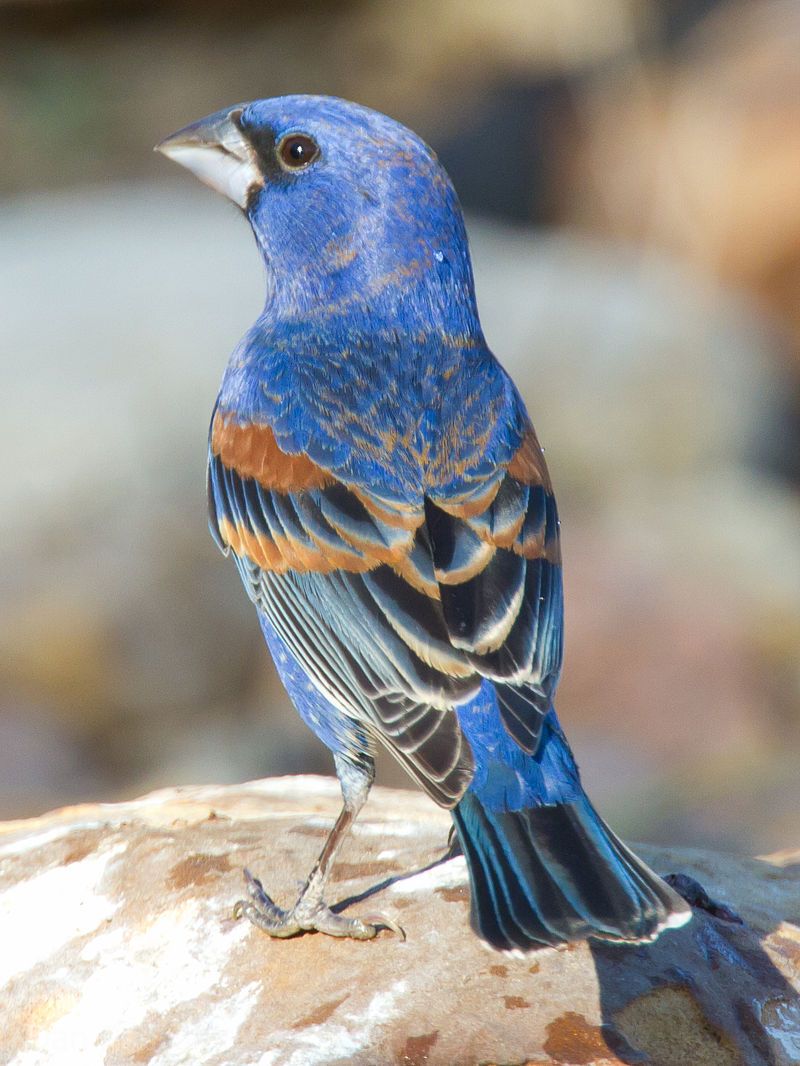
The blue grosbeak is a bird that inhabits North America and belongs to the Cardinalidae family, a group of passerine birds known for their colorful feathers.
It has a medium size and is mainly migratory, meaning it spends its winters in Central America and its summers in the southern part of the United States and northern Mexico. The male blue grosbeak is mainly blue in color and has two brown wing bars.
This is a distinctive feature that helps it stand out from other birds in the same family. It also has a thicker beak than most other birds in the same family. This thicker beak helps it to eat seeds and other hard-shelled food sources that other birds may not be able to eat.
The blue grosbeak has a variety of habitats, ranging from woodlands to grasslands, and is found in both wet and dry areas. It is an omnivore, meaning it eats both plant and animal matter. Its diet includes insects, fruit, and seeds.
All in all, the blue grosbeak is a beautiful and interesting bird that can be a great addition to any backyard.
| Kingdom | Animalia |
| Phylum | Chordata |
| Class | Aves |
| Order | Passeriformes |
| Family | Cardinalidae |
| Genus | Passerina |
| Species | P. caerulea |
9. Black-Throated Blue Warbler
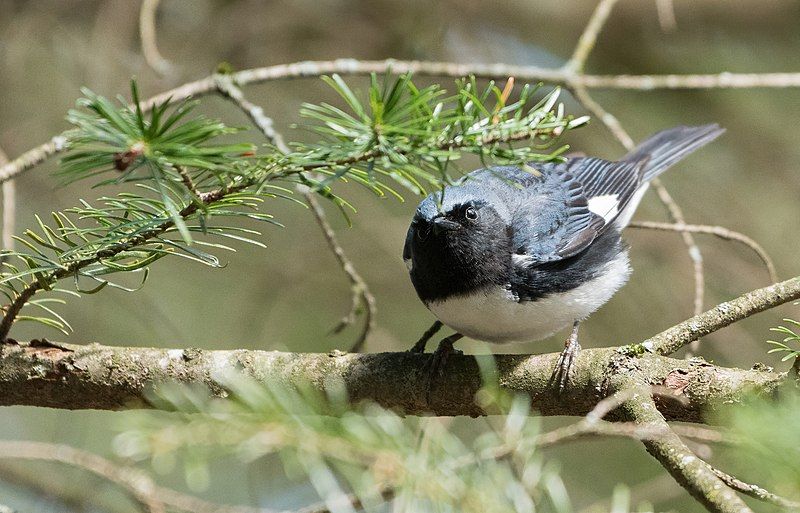
The black-throated blue warbler is a small bird of the New World warbler family. It is mainly found in the interior of deciduous and mixed coniferous forests in eastern North America. During the cooler months, it migrates to islands in the Caribbean and Central America.
This is a fairly common species of warbler and is often seen flitting among the trees in search of insects. The adult has a blue-gray head and throat, with a white belly and black back and wings.
The males are more brightly colored than the females, with a bright blue throat and head. They are known for their distinctive song, which is a series of high-pitched whistles.
In the breeding season, black-throated blue warblers can be seen in pairs, as they build their nests in the branches of trees. The female builds the nest and then lays 4-5 eggs in it. Both parents help to incubate the eggs for 12-13 days before they hatch.
The young birds are able to fly within a few weeks, and they remain with their parents until the fall when they migrate south for the winter.
| Kingdom | Animalia |
| Phylum | Chordata |
| Class | Aves |
| Order | Passeriformes |
| Family | Parulidae |
| Genus | Setophaga |
| Species | S. caerulescens |
10. Barn Swallow
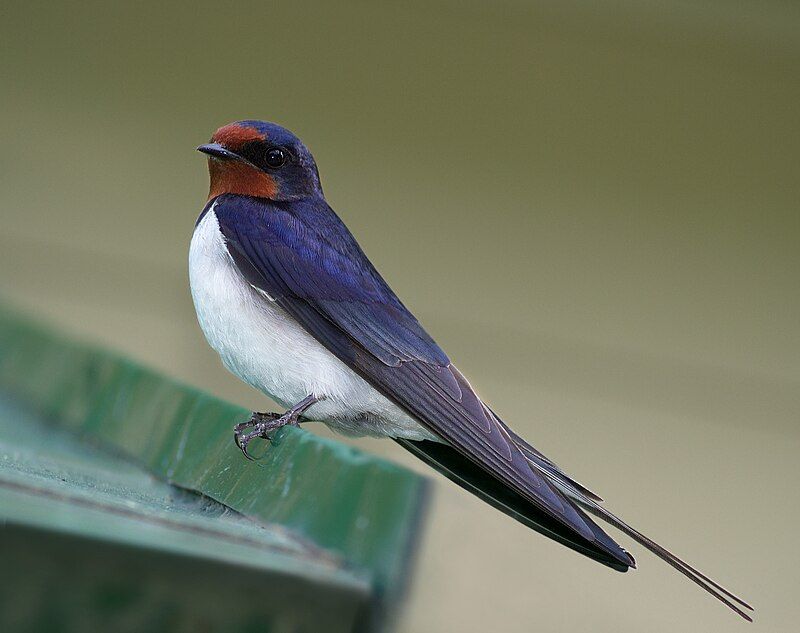
The barn swallow is an impressive bird species that is found in many parts of the world. It is the most widespread species of swallow, with a natural distribution of 251 million square kilometers, covering a significant portion of the entire globe.
It is easily identifiable thanks to its unique appearance – the barn swallow has bright blue upperparts and a long, deeply forked tail. Its forked tail is a distinguishing feature and is a common sight in many parts of the world due to its wide range.
The barn swallow is also known for its incredibly long migratory journeys, which can span thousands of miles, making it an impressive feat of nature. The barn swallow is an important species, with its presence in many parts of the world being beneficial to the environment.
It helps to control pest populations, and its scavenging habits can help to keep areas clean.
| Kingdom | Animalia |
| Phylum | Chordata |
| Class | Aves |
| Order | Passeriformes |
| Family | Hirundinidae |
| Genus | Hirundo |
| Species | H. rustica |
11. Blue-Headed Vireo
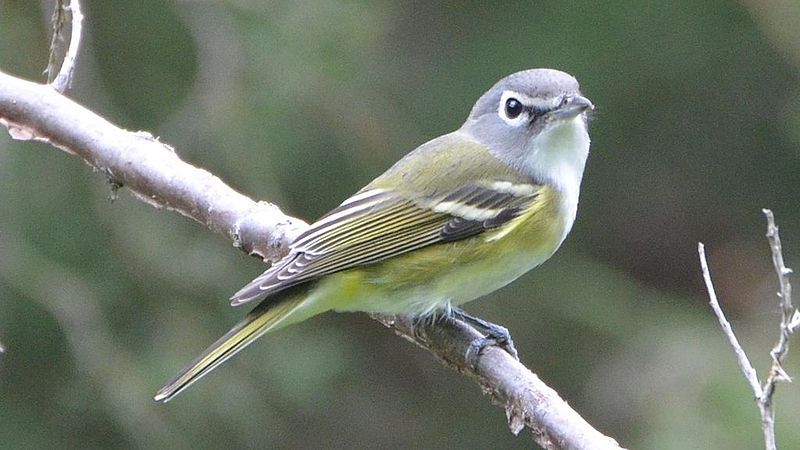
The blue-headed vireo is a species of songbird that is found in North and Central America. It is a Neotropical migrant, meaning it migrates between these two regions to breed and feed.
There are two subspecies of the blue-headed vireo: one found in Canada and the eastern parts of the United States, and the other found in Mexico and some parts of Central America.
Its range extends across the entire continent, from the United States to Mexico and Central America. The blue-headed vireo is a small bird, typically measuring between 5-7 inches in length. It has a distinctive blue-gray head, olive-green wings, and white underparts.
It feeds mainly on insects, but also enjoys a variety of other small invertebrates such as spiders, caterpillars, and aphids. The blue-headed vireo is a social species that is often found in small flocks.
It is active during the day, and its call can be heard throughout the summer months.
It is an important species to many ecosystems as it helps to control insect populations and disperse seeds. The blue-headed vireo is listed as a species of least concern by the IUCN, however, its population is declining due to habitat destruction and fragmentation.
It is important to conserve and restore its natural habitats in order to protect this species and its migratory journey.
| Kingdom | Animalia |
| Phylum | Chordata |
| Class | Aves |
| Order | Passeriformes |
| Family | Vireonidae |
| Genus | Vireo |
| Species | V. solitarius |
12. Common Gallinule
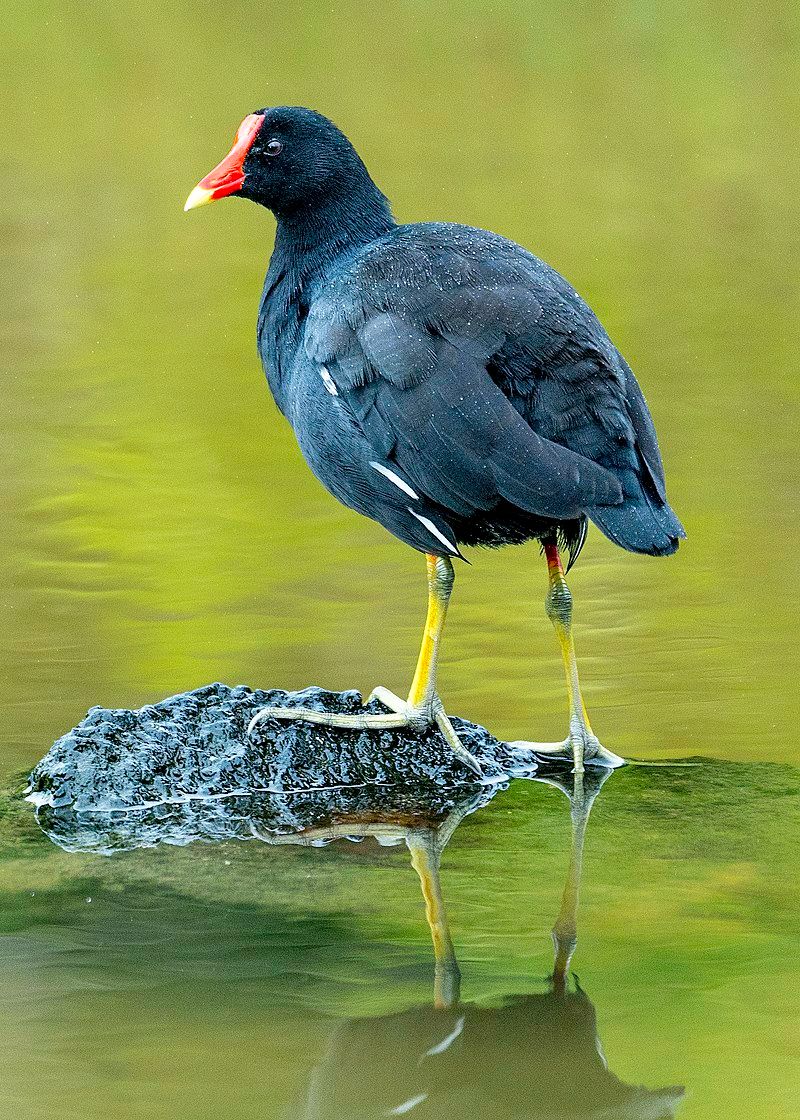
The common gallinule is a bird that belongs to the Rallidae family. It was distinguished from the common moorhen by the American Ornithologists’ Union in July 2011. It inhabits marshy areas, ponds, canals, and other wetland habitats in the Americas.
The species cannot be found in the polar regions or in many tropical rainforests. The common gallinule is an omnivorous bird, which feeds on aquatic vegetation, insects, worms, snails, small fish, and other invertebrates.
Its habitats are composed of densely vegetated wetlands, such as marshes, ponds, canals, and shallow lakes.
It prefers to nest near the water, often on floating vegetation or near the banks of a lake or pond. The common gallinule is a shy bird, which is often hard to spot in its dense wetland habitats. Its plumage is typically grey or brown, with white or yellow feather tips.
Its long legs are reddish-pink in color, and it has a large, white bill. The common gallinule is an important species for controlling insect populations and for providing food for other aquatic bird species. Its presence can be an indication of a healthy wetland environment.
Unfortunately, due to habitat destruction and degradation, the species is declining in several parts of its range. Conservation efforts are needed to ensure the future of this species.
| Kingdom | Animalia |
| Phylum | Chordata |
| Class | Aves |
| Order | Gruiformes |
| Family | Rallidae |
| Genus | Gallinula |
| Species | G. galeata |
Conclusion
Bluebirds in Northwest Florida are a rare and beautiful sight. They are a symbol of hope and renewal and play an important role in the ecosystem. With proper conservation efforts, these birds can continue to thrive in the region.
It is important to protect their habitat and provide them with the resources they need to remain a part of the Northwest Florida landscape.